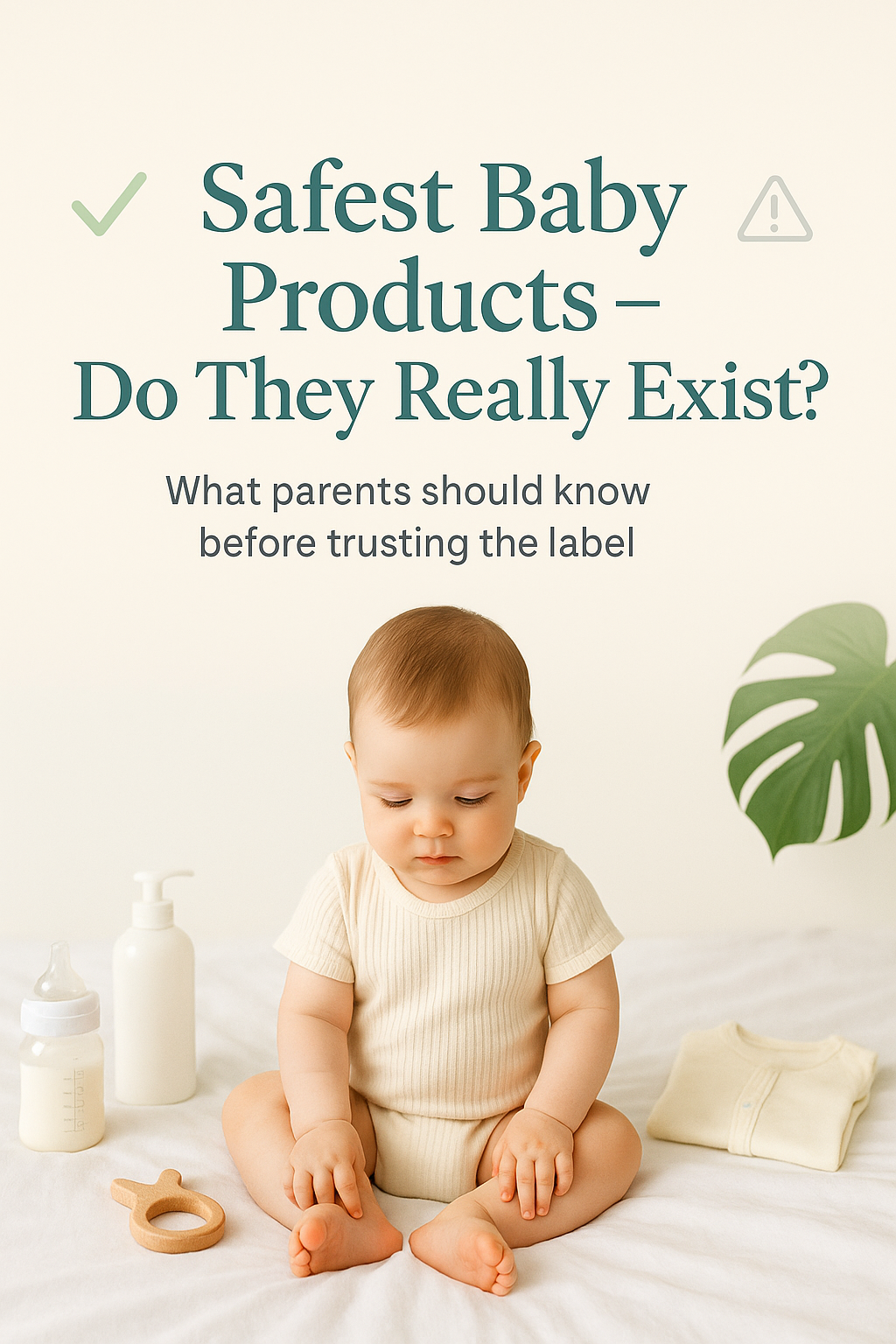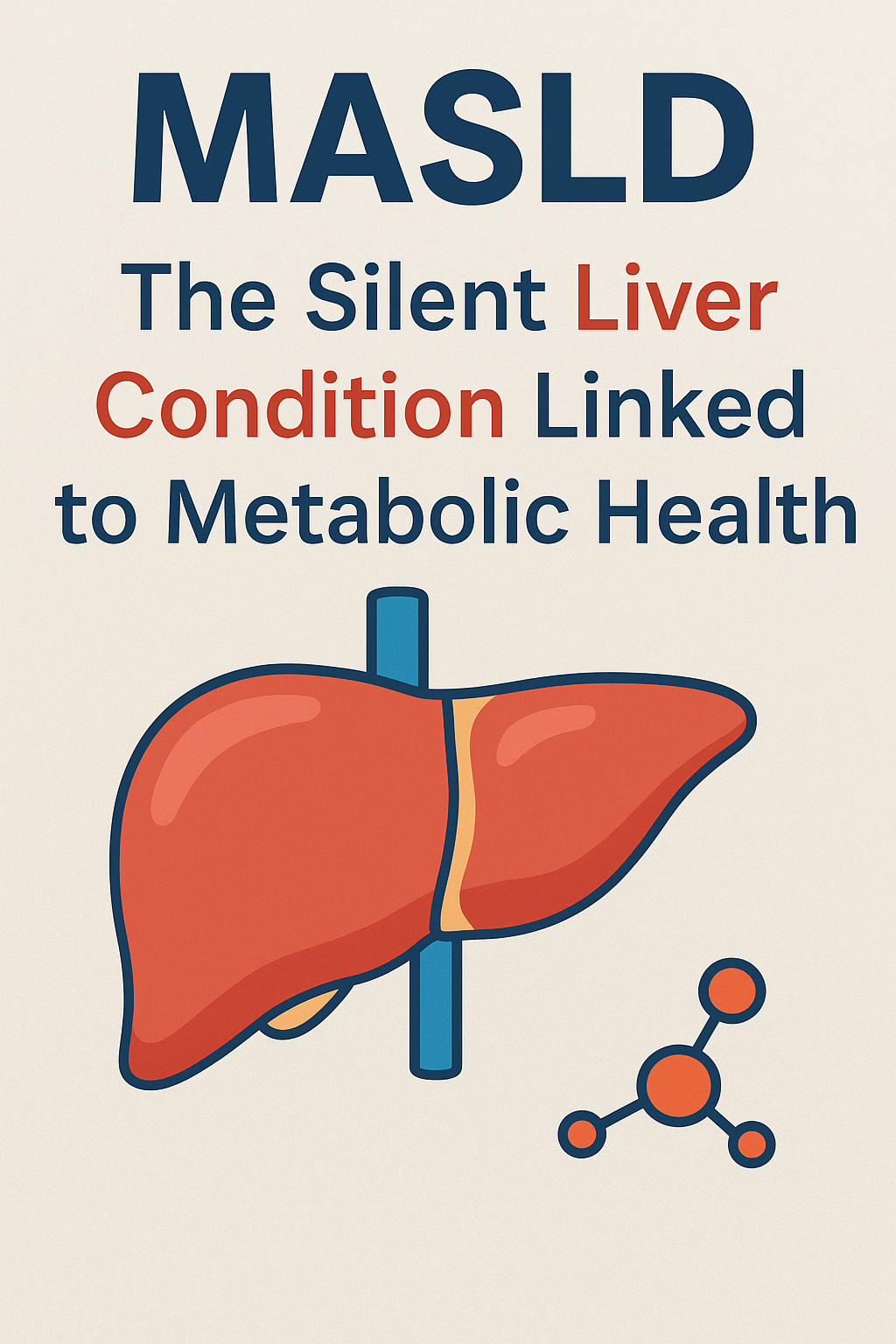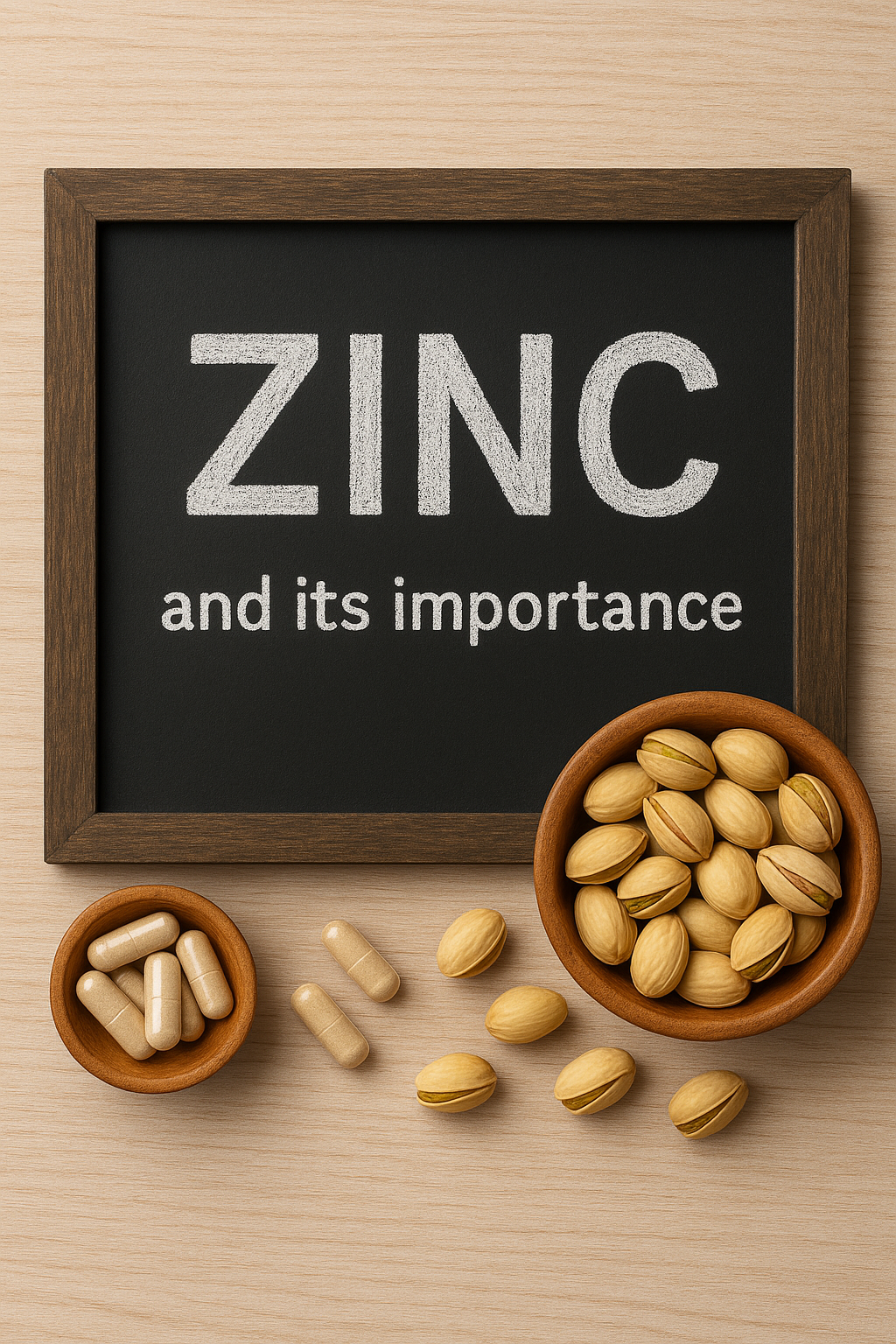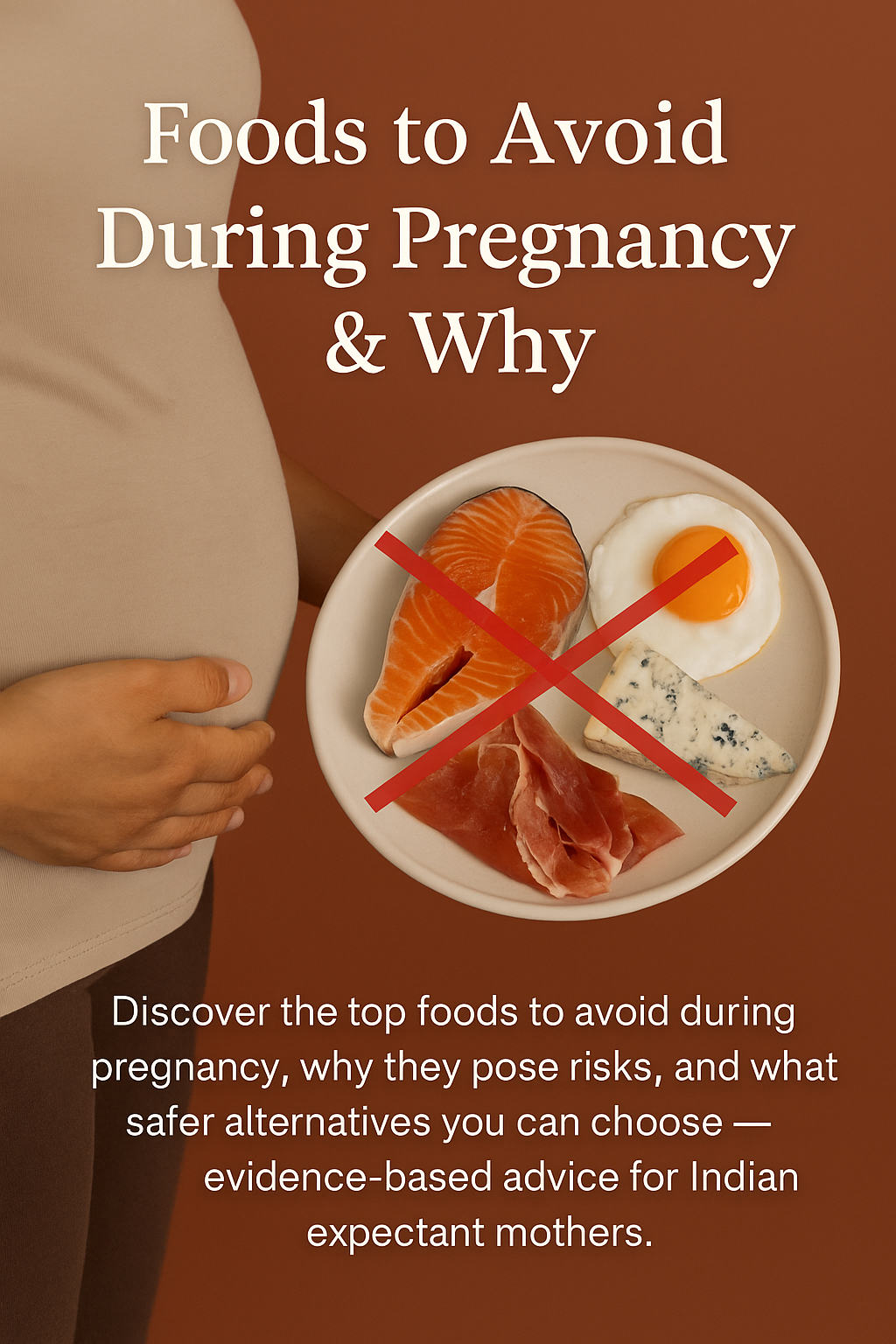When you’re a parent (or caring for one), it’s natural to want the absolute safest products for your little one. Things like cribs, strollers, feeding bottles, toys — you want to pick items that won’t harm your baby. But the question is: Do truly “safe” baby products exist? The short answer: not perfectly, but yes — you can get quite safe and much safer with the right awareness and choices.
Here’s a breakdown of what “safety” means, what the reality is, and how to pick baby products with confidence.
✅ What safety means (and what regulations are in place)
Safety for baby products covers multiple dimensions:
-
Mechanical/physical safety: Will the product break? Are there choking hazards, sharp edges, entrapment risks?
-
Chemical safety: Are there harmful substances (lead, phthalates, BPA, flame-retardants) that may migrate from the product into the baby’s environment or body?
-
Use & context safety: Is the product being used as intended (not misused)? Are caregivers aware of risks?
-
Regulatory compliance: Has the product been tested and certified according to relevant standards?
Regarding regulation:
-
In the U.S., the Consumer Product Safety Improvement Act of 2008 (CPSIA) sets out standards for children’s products including limits on lead and phthalates, requires third-party testing for “children’s products” (under 12 years) and certification.
-
The Consumer Product Safety Commission (CPSC) enforces product safety rules for “durable infant or toddler products” like cribs, strollers, etc.
-
Chemical safety guidance: for example, concerns about phthalates, BPA etc. For feeding/plastic products the Food and Drug Administration (FDA) regulates certain aspects.
-
In jurisdictions beyond the U.S., there are other laws (for example the UK’s General Product Safety Regulations 2005).
So yes — there are laws and rules. But regulation doesn’t mean zero risk. It means risk is reduced and managed, not eliminated.
⚠️ Why “absolutely safe” is misleading
Even with regulations, several factors make “safe” a complex claim:
1. Variability in use and context.
A baby product may be safe if used exactly as intended. But if a caregiver misuses it (for example putting a baby in an inclined sleeper not meant for newborns), risks rise. Some products have been recalled due to misuse or unexpected hazards despite meeting initial standards.
2. Limits of testing and standards.
Standards are based on current knowledge: mechanical stresses, chemical exposures, choking hazard risks. But new evidence keeps emerging (e.g., on endocrine-disrupting chemicals). Some chemicals may not yet be regulated or the long-term effects aren’t fully understood. For instance:
-
There is concern about phthalates in plastics used in children’s products.
-
The FDA notes that no baby product has been cleared to prevent conditions like SIDS, meaning claims of “completely safe sleep solution” must be taken cautiously.
-
Even if a product passes testing at manufacturing, variations in materials or assemblage can cause unanticipated hazards.
3. Global supply chains and product quality variation.
Products imported or produced in countries with less rigorous oversight or cheaper manufacturing may have inconsistencies. Recalls do happen; safe design doesn’t always translate perfectly to every unit. For example, memory of products that were recalled because of hazards despite being “certified.”
4. Marketing and claims.
Labels like “natural,” “non-toxic,” and “eco-friendly” may not always reflect rigorous independent testing. Consumers need to look beyond buzzwords. Even products labelled “BPA-free” or “natural rubber” may still show unexpected chemical migration under test conditions. (See recent tests on pacifiers with BPA despite “BPA-free” claims.)
🧷 Practical guide: How to pick baby products as safe as feasible
Given the realities, the goal is to get as safe as possible, not wait for perfect. Here are practical steps:
a. Check for relevant certifications and standards.
-
For durable baby/infant products (cribs, strollers, carriers), check that they carry registration cards / batch numbers / manufacturer name and comply with recognized safety rules (e.g., for U.S.)
-
For feeding products, plastics, bottles: check that materials are food-safe, minimal chemical leaching, BPA/lead free as appropriate.
-
Avoid products with claims to prevent disease or death (unless the product is a certified medical device). Example: no baby product is approved to prevent SIDS.
b. Prioritize reputable brands and transparency.
Brands that provide testing data, batch traceability, high quality manufacturing, recall history — these are better bets than ultra-cheap, generic imports with minimal transparency.
c. Check materials and avoid hidden hazards.
-
Avoid heavy chemical smell or soft plastics/vinyl that may release phthalates or other endocrine disruptors.
-
For sleep products, ensure flat, firm surfaces; avoid inclined sleepers, crib bumpers etc, if they are marketed for purposes they’re not designed for.
-
For toys, ensure small-part hazard is addressed, paint/coatings are lead-safe, etc.
d. Use and monitor the product correctly.
-
Follow manufacturer instructions strictly.
-
Register your product if there’s a registration card (so you’ll be notified of recalls).
-
Stay alert for recalls or safety notices.
-
Don’t assume older models or second-hand items meet current updated safety standards.
e. Accept there will always be some residual risk.
Even the best products cannot eliminate all risk — infants vary in behaviour, there are environmental exposures, manufacturing variability, and emerging hazards. So the goal is risk reduction, not complete elimination.
🔍 Bottom line
So, does the “safest baby product” exist? Not in the sense of zero risk — but very safe options do exist when you choose carefully, use appropriately, and remain vigilant.
“Buy from trusted sources, with proper certifications and transparency. Use the product exactly as intended. Stay aware of recalls and emerging safety research. And pair product safety with safe practices (e.g., safe sleep, proper feeding, supervision) — because the product alone is just one part of the safety equation.”
🔗 You May Also Find These Readings Helpful:

Akanksha Sharma
Dr. Akanksha Sharma, Head Writer and creator of AtoZ of Pregnancy, is dedicated to empowering women, parents, and families through 360-degree knowledge. She and her team provide evidence-based advice to guide families through pregnancy, parenting and beyond.







Leave a Reply